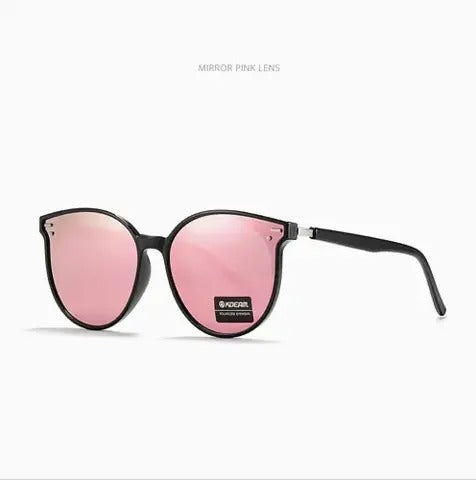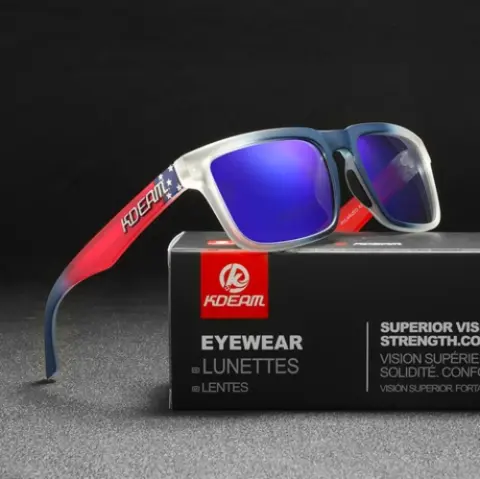
What are the different types of ultraviolet radiation (UV-A, UV-B, UV-C)?
Introduction: Ultraviolet (UV) radiation is a form of electromagnetic energy emitted by the sun. While essential for life, it's important to understand its different types - UV-A, UV-B, and UV-C - and their effects on us. SekelBoer offers a range of sunglasses providing protection against these rays.

1. UV-A Rays: The Longest Wavelength: UV-A rays have the longest wavelength among UV radiation and can penetrate deep into the skin, leading to aging and skin damage. While they are less intense than UV-B rays, their prevalence and ability to penetrate glass and clouds make protection essential.
2. UV-B Rays: The Middle Wavelength: UV-B rays have a shorter wavelength and are the primary cause of sunburn. They are more intense than UV-A rays and play a significant role in developing skin cancer. Unlike UV-A, UV-B rays are partially blocked by glass and clouds.
3. UV-C Rays: The Shortest Wavelength: UV-C rays have the shortest wavelength and are the most harmful, but fortunately, they are completely absorbed by the Earth's ozone layer and do not reach the ground.
4. Protecting Against UV Radiation with SekelBoer: Understanding these different types of UV radiation highlights the importance of protecting your eyes. SekelBoer's sunglasses are designed to provide comprehensive protection against UV-A and UV-B rays. Featured products include:

These products offer not only style but also vital protection from UV radiation.
Conclusion: The different types of UV radiation - UV-A, UV-B, and UV-C - each have unique characteristics and effects on human health. By choosing the right protective eyewear, such as those offered by SekelBoer, you can safely enjoy outdoor activities while safeguarding your eyes from harmful rays.
